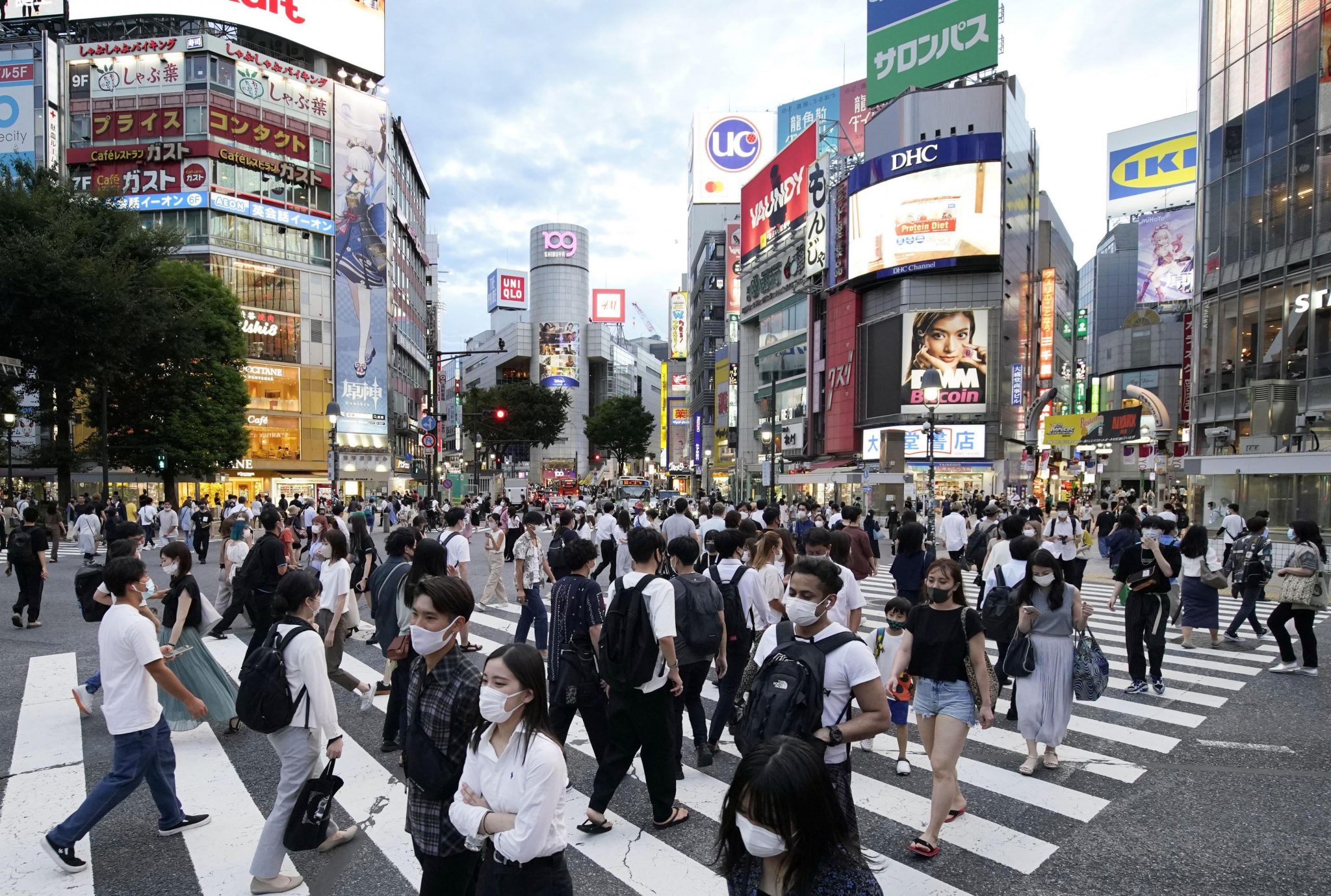History of the Japan:
Japan (Japanese: 日本, Nippon or Nihon,[nb 1] and officially 日本国, Nihonkoku[nb 2]) is an island country in East Asia. north toward the East China Sea, Philippine Sea, and Taiwan in the south. Japan is a piece of the Ring of Fire, and ranges an archipelago of 6852 islands covering 377,975 square kilometers (145,937 sq mi); the five principal islands are Hokkaido, Honshu (the "central area"), Shikoku, Kyushu, and Okinawa. Tokyo is the country's capital and biggest city, trailed by Yokohama, Osaka, Nagoya, Sapporo, Fukuoka, Kobe, and Kyoto.Japan is the 11th most crowded country on the planet, as well as one of the most thickly populated and urbanized. Around three-fourths of the country's territory is hilly, concentrating its populace of 125.5 million on thin seaside fields. Japan is separated into 47 authoritative prefectures and eight conventional locales. Japan has been occupied since the Upper Paleolithic time frame (30,000 BC), however the principal composed notice of the archipelago shows up in a Chinese narrative (the Book of Han) completed in the second century AD. Between the fourth and ninth hundreds of years, the realms of Japan became bound together under a ruler and the magnificent court situated in Heian-kyō. Starting in the twelfth 100 years, political power was held by a progression of military tyrants (shōgun) and primitive masters (daimyō) and upheld by a class of hero respectability (samurai). Following a very long term time of nationwide conflict, the nation was reunified in 1603 under the Tokugawa shogunate, which sanctioned a neutralist international strategy. In 1854, a United States armada constrained Japan to open exchange toward the West, which prompted the finish of the shogunate and the rebuilding of supreme power in 1868. In the Meiji time frame, the Empire of Japan took on a Western-demonstrated constitution and sought after a program of industrialization and modernization. In the midst of an ascent in militarism and abroad colonization, Japan attacked China in 1937 and entered World War II as an Axis power in 1941. Subsequent to enduring loss in the Pacific War and two nuclear bombings, Japan gave up in 1945 and went under a seven-year Allied occupation, during which it embraced another constitution and started a tactical coalition with the United States. Under the 1947 constitution, Japan has kept a unitary parliamentary established government with a bicameral council, the National Diet.
Japan is a profoundly evolved country, and an extraordinary power in worldwide governmental issues. Its economy is the world's third-biggest by ostensible GDP and the fourth-biggest by PPP. In spite of the fact that Japan has revoked its more right than wrong to proclaim war, the nation keeps up with Self-Defense Forces that position as one of the world's most grounded militaries. After World War II, Japan experienced record development in a monetary marvel, turning into the second-biggest economy on the planet by 1972 however has deteriorated starting around 1995 in what is alluded to as the Lost Decades. Japan has the world's most noteworthy future, however it is encountering a decrease in populace. A worldwide forerunner in the auto, advanced mechanics and gadgets ventures, the nation has made critical commitments to science and innovation. The way of life of Japan is notable all over the planet, including its specialty, cooking, music, and mainstream society, which envelops noticeable comic, movement and computer game ventures. It is an individual from various global associations, including the United Nations (beginning around 1956), OECD, G20 and Group of Seven.









4 Comments
Nice
ReplyDeleteNice
ReplyDeleteNice
ReplyDeleteMashallah
ReplyDelete